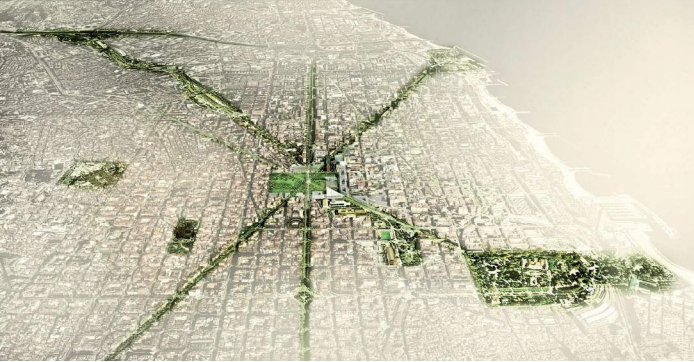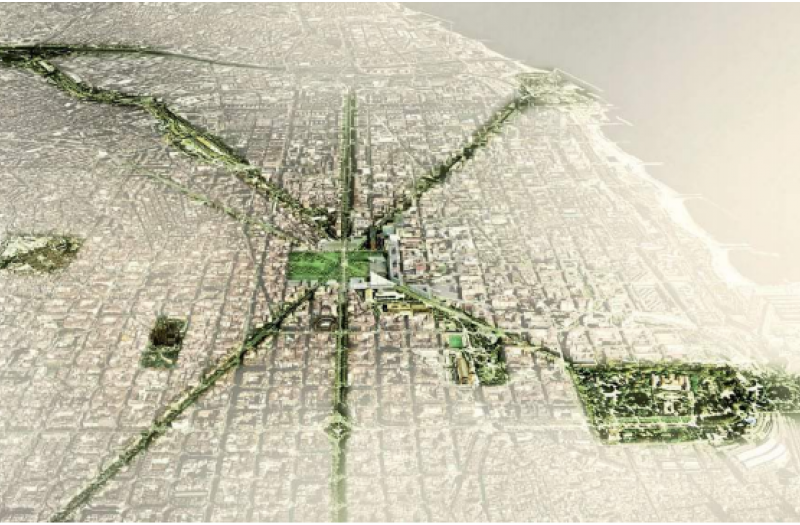Barcelona, Spain: Ajuntament de Barcelona

Barcelona is one of the most densely populated European cities with about 1.62 million people living in an area of just over 100 km2. The particularly favourable geographical location allows for a variety of natural phenomena to converge: two river mouths with a river delta each; the coastline, with sandy beaches and Montjuïc hill; the reliefs of the plain; and Collserola, a mountain range with an ancient landscape of highly modified forests.
The objective of the catalogue of actions set out in the Green Infrastructure and Biodiversity Plan is to implement a strategy for improving existing green heritage and for preserving and enhancing Barcelona’s biodiversity to provide the inhabitants of Barcelona with many ecosystem services.
The actions of this project are, first of all, to preserve the city’s natural heritage with protocols and corrective measures for the already existed biodiversity and then have be to ensure the connectivity and strike a balance in distribution by planning green infrastructure. The city and its...
|
Enhancing sustainable urbanisation |
Restoring ecosystems and their functions |
Developing climate change mitigation |
Developing climate change adaptation; improving risk management and resilience |
|
Improve air quality. Increase well-being. Provision of health benefits. Increase amount of green open spaces for residents. Increase accessibility to green open spaces. Changing image of the urban environment. |
Increase Biodiversity. Increase quality and quantity of green and blue infrastructures. Increase achievements of biodiversity targets. Increased cultural richness and biodiversity |
Carbon sequestration and storage. More energy efficient buildings. |
Reducing temperature at meso or micro scale. |
Marga PARÉS, Cap del Programa de Biodiversitat (mparesr@bcn.cat)




